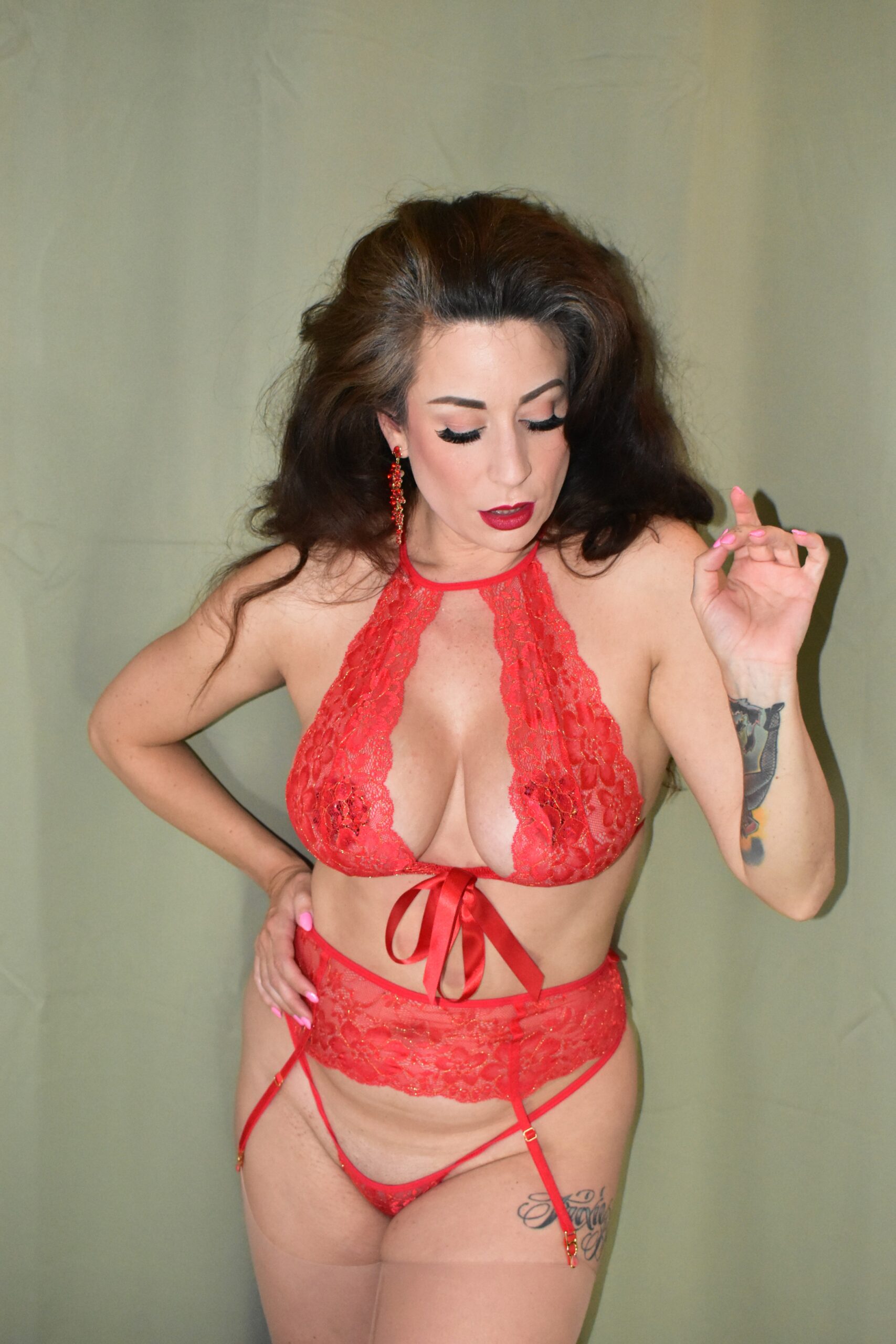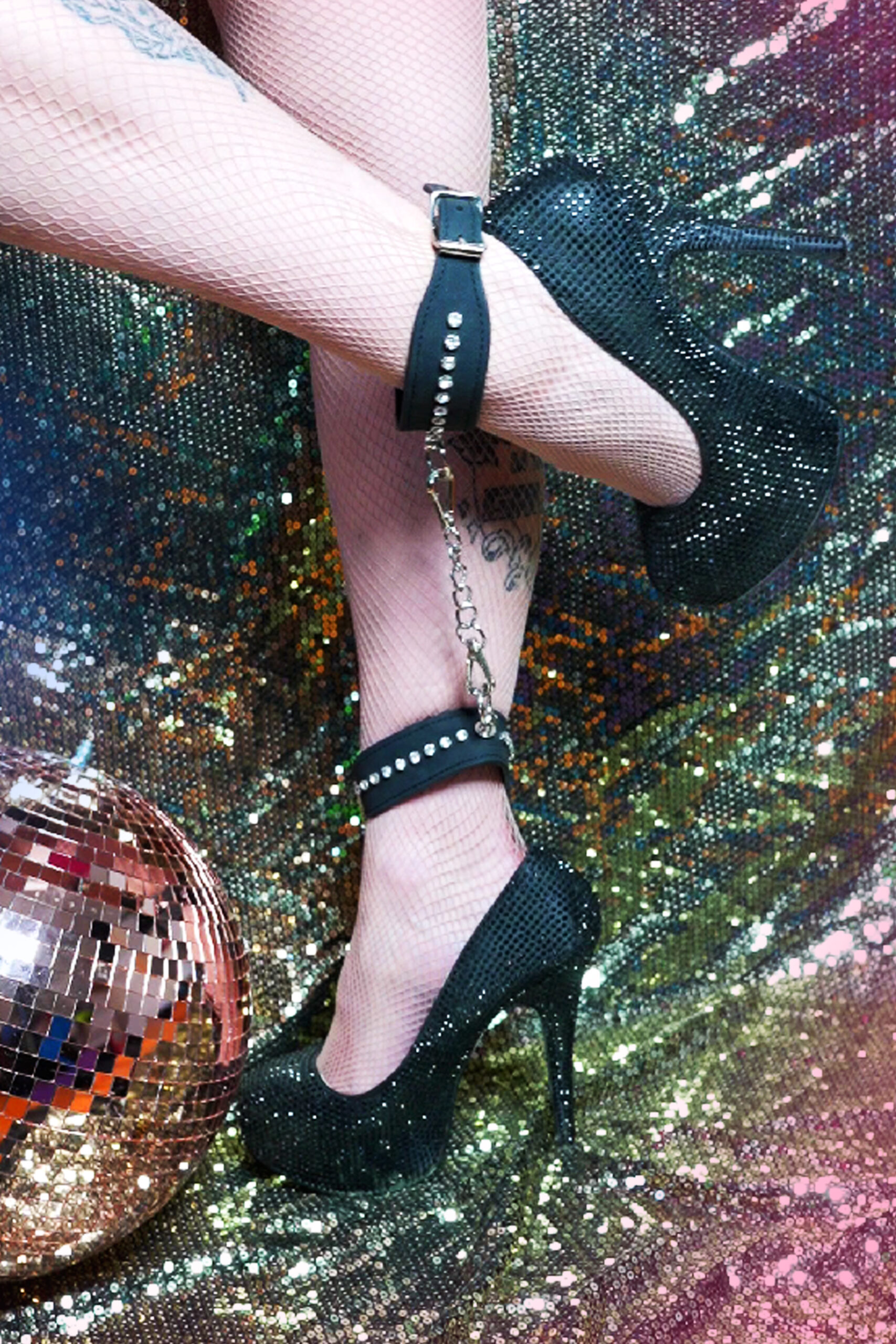Understanding Pansexuality Pansexuality is a sexual orientation characterized by attraction to people regardless of their gender identity or expression. It’s important to recognize that pansexual individuals experience attraction across a spectrum, encompassing a wide range
Understanding Pansexuality
Pansexuality is a sexual orientation characterized by attraction to people regardless of their gender identity or expression. It’s important to recognize that pansexual individuals experience attraction across a spectrum, encompassing a wide range of genders. Understanding pansexuality requires moving beyond simplistic definitions and embracing the complexity of individual experiences within this diverse community.
Defining Pansexuality
Pansexuality is a sexual orientation characterized by attraction to people regardless of their gender identity or expression. It’s important to recognize that pansexual individuals experience attraction across a spectrum, encompassing a wide range of genders. Understanding pansexuality requires moving beyond simplistic definitions and embracing the complexity of individual experiences within this diverse community.
Here are some key points to consider when exploring pansexuality:

- Pansexual individuals are attracted to people based on their personality, character, and connection, rather than solely on gender.
- Pansexuality is distinct from bisexuality, which typically refers to attraction to two genders (often men and women).
- The pansexual community is diverse, with individuals identifying in different ways and having varying experiences of their sexuality.
- Respecting individual identities and pronouns is crucial when interacting with pansexual people.
- It’s important to avoid making assumptions about a person’s sexual orientation based on their appearance or behavior.
Distinguishing Pansexuality from Other Sexual Orientations
Pansexuality is a sexual orientation characterized by attraction to individuals regardless of their gender identity or expression. Understanding pansexuality goes beyond a simple definition; it involves recognizing the spectrum of experiences within this diverse community. Pansexual individuals are drawn to people based on personality, character, and connection, transcending rigid gender classifications.
It’s important to distinguish pansexuality from bisexuality. While both orientations involve attraction to more than one gender, bisexuality typically refers to attraction to two specific genders, often men and women. Pansexuality encompasses a broader range, including attraction to individuals of all genders, including those who identify as non-binary or transgender.
Within the pansexual community, there is a wide spectrum of individual experiences and expressions of sexuality. Some pansexual people may exclusively be attracted to one gender while others might feel attracted to multiple genders in different ways. Recognizing this diversity is crucial for fostering understanding and inclusivity.
Historical Context of Pansexuality
Pansexuality is a sexual orientation characterized by attraction to people regardless of their gender identity or expression. Understanding pansexuality requires moving beyond simplistic definitions and embracing the complexity of individual experiences within this diverse community.
Historically, the term “pansexual” emerged in the early 20th century, though concepts related to attraction across genders have existed for longer periods.
- Early uses of the term often centered around a focus on biological sex differences rather than gender identity.
- The modern understanding of pansexuality as an orientation encompassing all genders gained prominence in the late 20th and early 21st centuries, along with broader advancements in LGBTQ+ rights and awareness.
- Historically marginalized communities have often had their experiences and identities erased or misrepresented. Pansexual people have faced similar challenges in being recognized and understood.
It is essential to remember that pansexuality, like all sexual orientations, is a personal experience unique to each individual.
Social and Cultural Perceptions of Pansexuality
Pansexuality, defined as attraction to individuals regardless of their gender identity or expression, presents a fascinating landscape within the spectrum of human sexuality. Exploring its complexities requires moving past simple definitions and embracing the diverse experiences that shape this community. Understanding pansexuality involves recognizing that attraction transcends rigid gender binaries, focusing instead on personality, character, and connection.

Stereotypes and Misconceptions
Social and cultural perceptions of pansexuality have evolved over time, but misconceptions and stereotypes persist. Some common stereotypes include the belief that pansexual individuals are promiscuous or confused about their sexuality. These misconceptions often stem from a lack of understanding about what pansexuality truly entails.
Another stereotype is that pansexuality is simply “bisexuality with no boundaries,” which oversimplifies both orientations. Bisexuality typically refers to attraction to two genders, whereas pansexuality encompasses attraction to all genders. It’s crucial to recognize these distinctions and avoid conflating them.
Furthermore, some people may assume that pansexual individuals are solely attracted to non-binary or transgender people, overlooking the fact that pansexuality can involve attraction to anyone regardless of their gender identity. This highlights the importance of understanding that pansexuality is about attraction to a person based on who they are, not simply on their gender presentation.
Representation in Media and Popular Culture
Representation of pansexuality in media and popular culture has been growing, though it still faces challenges. Historically, pansexual characters were often portrayed as either stereotypes or lacking depth.
Recent years have seen a shift towards more nuanced portrayals, with shows like “Sex Education” and “The Umbrella Academy” featuring pansexual characters who are well-developed and relatable.
However, visibility remains limited, and there’s a need for greater representation across diverse genres and platforms. It’s important to have authentic and inclusive portrayals that showcase the diversity of experiences within the pansexual community.
Experiences of Pansexual Individuals
Experiences of pansexual individuals can vary greatly depending on factors like their age, location, support systems, and personal identities. Some pansexual people may face challenges due to societal misconceptions and stigma, such as discrimination in housing, employment, or healthcare.

Others might encounter internalized homophobia or biphobia, stemming from societal pressures to conform to traditional gender and sexual norms. Coming out as pansexual can be a deeply personal journey, and individuals may choose to do so at their own pace or not at all.
Supportive friends, family, and communities can play a crucial role in fostering a sense of belonging and acceptance for pansexual individuals. Access to affirming resources like LGBTQ+ organizations, mental health services, and support groups can be invaluable in navigating challenges and promoting well-being.
It’s important to remember that pansexuality is a valid and deserving of respect and recognition.
Challenges Faced by Pansexual People
Pansexual individuals face various challenges due to societal misconceptions, stigma, and a lack of understanding surrounding their sexual orientation. They may encounter discrimination in various aspects of life, including housing, employment, and healthcare. Internalized homophobia or biphobia can also pose significant challenges, as individuals may struggle with societal pressures to conform to traditional gender and sexual norms.
Discrimination and Prejudice
Discrimination and prejudice against pansexual people stem from a lack of understanding and acceptance of this diverse sexual orientation. Stereotypes and misconceptions often portray pansexual individuals inaccurately, leading to social stigma and exclusion.
One major challenge faced by pansexual individuals is encountering discrimination in various areas of life. This can manifest as prejudice in housing, employment, or healthcare settings where they may be treated unfairly or denied opportunities based on their sexual orientation.
Social stigma can also lead to feelings of isolation and loneliness for pansexual people. They may experience difficulty finding acceptance and support within their families, communities, or social circles.
Another challenge is the internalization of societal negativity. This occurs when individuals internalize negative messages about their sexual orientation, leading to self-doubt, shame, or feelings of being “different” or “wrong.”
Limited representation and visibility in media and popular culture can further contribute to these challenges.
Lack of positive portrayals and the perpetuation of stereotypes can reinforce societal misconceptions about pansexuality, making it harder for individuals to feel seen and understood.
Coming Out and Identity Exploration
Pansexual people face a range of challenges stemming from societal misconceptions, stigma, and a lack of understanding surrounding their sexual orientation. These challenges can impact various aspects of their lives, including social acceptance, personal well-being, and access to equal opportunities.
One significant challenge is discrimination. Pansexual individuals may encounter prejudice in areas such as housing, employment, or healthcare. They might face unfair treatment, denial of services, or be subjected to hostile environments solely based on their sexual orientation.
Internalized homophobia or biphobia can also pose a challenge. Pansexual people may internalize negative societal messages about their identity, leading to feelings of shame, self-doubt, or a sense of being “different” or “wrong.” This internalized negativity can impact their self-esteem and overall well-being.
The lack of positive representation in media and popular culture further exacerbates these challenges. Limited visibility and the perpetuation of stereotypes can reinforce societal misconceptions about pansexuality, making it harder for individuals to feel seen and understood.
Coming out as pansexual can be a deeply personal and often complex process. It involves disclosing one’s sexual orientation to others, which can be accompanied by anxieties about potential reactions and the possibility of facing rejection or discrimination.
The decision of when and how to come out is highly individual and depends on various factors such as personal comfort levels, support systems, and perceived safety in one’s environment.
For some, coming out might involve starting with close friends and family members before gradually sharing their identity with a wider circle. Others may choose to come out publicly or within specific communities where they feel more accepted.
Identity exploration is an ongoing journey for many individuals, including those who identify as pansexual.
As people learn more about themselves and their experiences, their understanding of their sexual orientation may evolve over time. This fluidity is natural and reflects the complexity of human identity.
Finding Community and Support
Pansexual people face a range of challenges due to societal misconceptions, stigma, and a lack of understanding surrounding their sexual orientation. These challenges can impact various aspects of their lives, including social acceptance, personal well-being, and access to equal opportunities.
- Discrimination in Housing, Employment, and Healthcare: Pansexual individuals may encounter prejudice in these areas, facing unfair treatment, denial of services, or hostile environments solely based on their sexual orientation.
- Internalized Homophobia or Biphobia: Pansexual people may internalize negative societal messages about their identity, leading to feelings of shame, self-doubt, or a sense of being “different” or “wrong.”
- Lack of Representation and Visibility: The limited positive portrayals of pansexuality in media and popular culture can reinforce societal misconceptions and make it harder for individuals to feel seen and understood.
Finding community and support is crucial for the well-being of pansexual individuals. Connecting with others who share similar experiences can provide a sense of belonging, validation, and understanding. Here are some avenues for finding support:
- LGBTQ+ Organizations: Many organizations dedicated to LGBTQ+ rights and advocacy offer resources, support groups, and community events specifically for pansexual people.
- Online Communities: Online forums, social media groups, and platforms dedicated to pansexuality can provide a space for connection, sharing experiences, and seeking advice.
- Therapy or Counseling: A therapist or counselor who specializes in LGBTQ+ issues can offer guidance, support, and a safe space to explore personal challenges related to sexual identity and well-being.
- Friends and Family: While coming out may not always be easy, having supportive friends and family members can make a significant difference in creating a sense of acceptance and belonging.
The Future of Pansexuality
The future of pansexuality is marked by increasing visibility, acceptance, and understanding. As society continues to evolve and embrace diversity, pansexual individuals are finding more space to express themselves authentically and connect with others who share their experiences. However, challenges remain in dismantling societal stigma and ensuring equal rights and opportunities for all.
Evolving Definitions and Understandings
The future of pansexuality is a dynamic one, characterized by evolving definitions and a growing understanding of its complexities. As societal attitudes shift towards greater inclusivity and acceptance, we can expect to see:
- Increased Visibility: More positive and nuanced portrayals of pansexual characters in media, literature, and popular culture will contribute to breaking down stereotypes and fostering wider understanding.
- Greater Recognition: As society evolves, legal and social recognition of pansexuality as a valid sexual orientation will become more widespread. This includes everything from legal protections against discrimination to greater acceptance within communities and institutions.
- Embracing Individuality: A continued emphasis on recognizing the diverse experiences within the pansexual community, understanding that attraction and identity are fluid and personal.
- **More Inclusive Language:** The language surrounding sexuality will likely become more inclusive, with terms like “panromantic” gaining wider use and reflecting the spectrum of individual experiences.
While progress is being made, challenges remain. Efforts to combat misinformation and prejudice, address discrimination, and ensure equal rights for pansexual individuals will be essential to creating a truly inclusive society.
Advocacy and Visibility
The future of pansexuality is promising, marked by increasing visibility, acceptance, and understanding. As societal attitudes evolve toward greater inclusivity, pansexual individuals are finding more space to express themselves authentically and connect with others who share their experiences. However, challenges remain in dismantling societal stigma and ensuring equal rights and opportunities for all.
One key area of progress will be increased representation of pansexuality in media and popular culture. More positive and nuanced portrayals of pansexual characters can help break down stereotypes and foster wider understanding. This includes seeing pansexual characters portrayed in diverse contexts – not just as quirky sidekicks or objects of fascination, but as complex individuals with their own stories, struggles, and aspirations.
Alongside greater representation, there will likely be a growing recognition of pansexuality as a valid sexual orientation within legal and social spheres. This could involve expanded anti-discrimination laws, more inclusive policies in workplaces and educational institutions, and wider acceptance by families and communities.
Furthermore, the future holds greater emphasis on celebrating the diversity within the pansexual community itself. As individuals continue to explore their identities and express themselves authentically, there will be a continued push for language and concepts that are more inclusive and nuanced. This could involve recognizing the spectrum of experiences within pansexuality, acknowledging different forms of attraction, and validating individual journeys.
While progress is being made, it is essential to recognize that challenges remain. Efforts to combat misinformation and prejudice, address discrimination, and ensure equal rights for pansexual individuals will be crucial in creating a truly inclusive society where everyone feels seen, heard, and valued.
Creating Inclusive Spaces
Pansexuality, the attraction to people regardless of gender identity or expression, is becoming increasingly visible. While it faces ongoing challenges due to societal misconceptions and stigma, the future holds promise for greater acceptance and understanding.
Creating inclusive spaces for pansexual individuals requires a multi-faceted approach:
* **Education:** Dispelling myths and stereotypes through open dialogue, education in schools and communities, and positive representation in media can help foster empathy and understanding.
* **Respectful Language:** Using accurate terminology like “pansexual” instead of outdated or offensive language is crucial. Validating individual identities and pronouns is essential.
* **Visibility:** Highlighting the experiences and contributions of pansexual individuals in various fields through storytelling, representation in media, and community events can help normalize their presence and experiences.
* **Allyship:** Encouraging allies to speak out against discrimination, challenge prejudice, and advocate for equal rights for pansexual people is vital for creating a more inclusive society.
* **Creating Safe Spaces:** Ensuring that LGBTQ+ centers, support groups, and other spaces are welcoming and accessible to pansexual individuals is crucial for providing a sense of belonging and community.
By actively working towards these goals, we can create a future where pansexuality is celebrated as a valid and valued aspect of human diversity.
rough sex ideas
Decleor Direct
OMG Nail Strips
- Why Does Lip Filler Migrate - November 21, 2025
- What Is The Best Thing To Put On Lips After Fillers? - November 19, 2025
- What Are The Best CBD Gummies For Relaxation Before Bed? - November 16, 2025
